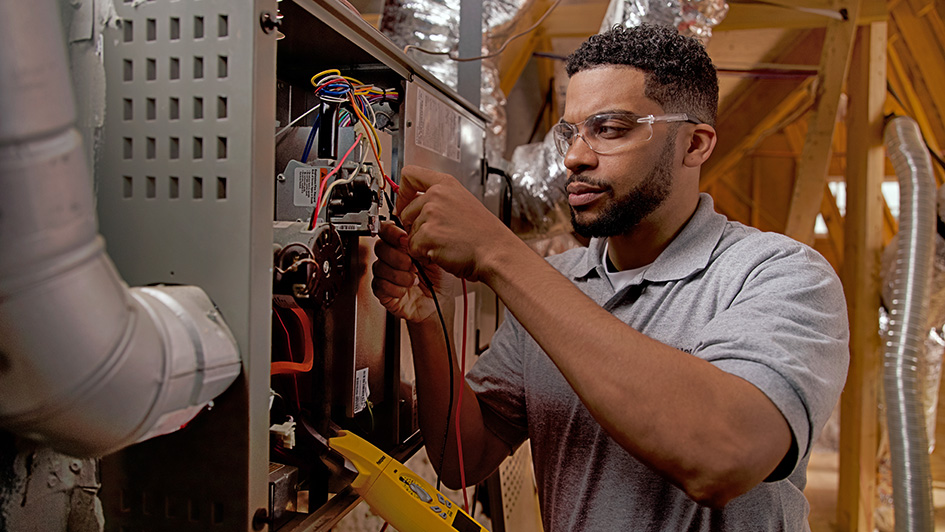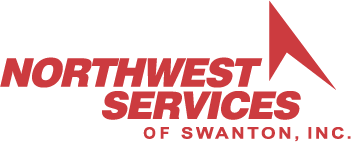
A furnace is usually a background player for your home, ensuring you're warm in the cold winter months. It frequently doesn’t get noticed until something breaks down.
One cause might be that your furnace has a cracked heat exchanger. It can be a safety risk, so it’s critical to know the evidence of a cracked heat exchanger and what you should do if you believe that is the problem.
What Is a Heat Exchanger in a Furnace?
A heat exchanger transfers heat from the combustion chamber of your furnace to the air that moves through the air ducts. It usually handles this through coils or tubes that heat the air while acting as a barrier to keep the gasses created in the combustion chamber, called flue gasses, from leaking out into your home.
Is a Cracked Heat Exchanger Dangerous?
Given its central role, it isn't surprising that a damaged heat exchanger can be very dangerous. A crack in the heat exchanger can permit dangerous gasses – such as carbon monoxide, which can be lethal – to circulate throughout your home.
For this reason, don't ever run your heater if you suspect it has a cracked heat exchanger, as this could make the entire household ill. Contact an HVAC professional immediately if you believe your furnace has a cracked heat exchanger that should be repaired.
Four Warning Signs of a Cracked Heat Exchanger:
- Furnace turns off: A crack in your heat exchanger can cause your furnace to turn off.
- Unusual Smells: If the air escaping your furnace has a powerful chemical odor, it may be an indicator that gasses are leaking through cracks in your heat exchanger. These byproducts, which can smell like formaldehyde, are a major warning sign.
- Carbon monoxide alarm initiates or you notice symptoms of poisoning: If a cracked heat exchanger is relieving carbon monoxide inside your home, your carbon monoxide alarm may go off or family members could experience signs of carbon monoxide poisoning. Complications include headaches, dizziness, weakness, nausea, vomiting or feeling drowsy. If the alarm goes off or you feel unwell, exit the home as soon as you can and then call for help.
- Soot: If you find black sooty accumulating around the exterior of your furnace, it’s an indication something could be seriously wrong.
What You Can Do if a Furnace Heat Exchanger is Cracked
If you suspect your furnace has a cracked heat exchanger, call a professional with extensive experience in furnace installation Toledo right away so they can take a look at your system and, if necessary, start a furnace heat exchanger replacement. Costs will fluctuate depending on the situation, but estimates can roughly suggest $1,000 to $3,000.
However, the good news is that heat exchangers are often covered by the warranty. You should confirm the warranty paperwork on your furnace, because while the warranty won't always cover the entire cost of repairs, it can significantly shrink your bill.
How to Prevent a Cracked Heat Exchanger in Your Home
One of the best ways to prevent a problem in your furnace overall is with routine furnace maintenance. Furnaces provide the best possible return on investment when they operate efficiently. Contacting a certified professional to examine your furnace for old parts, dirty filters and other common problems can help you avoid getting a big bill later on.
It’s also helpful to inspect your furnace filters every few months – it’s recommended some filters be swapped out every 90 days or sooner if they are dirty or grimy. While the filters aren't a part of the heat exchanger itself, the strain of pulling air through a clogged filter makes your entire furnace work harder to accomplish its job. And the harder your furnace needs to run, the more deterioration pieces like the heat exchanger will experience.
